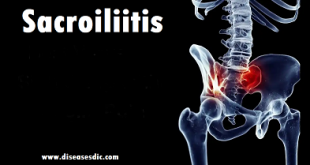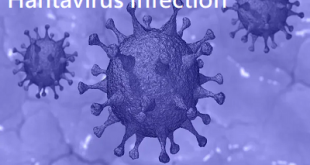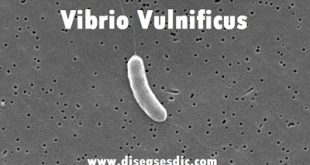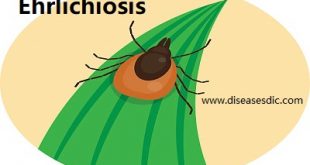Definition Sacroiliitis is a condition in which the sacroiliac (SI) joint – the large joint located between the sacrum (the tailbone) and the ilium (the pelvis) becomes inflamed or disrupted, and causes pain. There are two sacroiliac joints, one on the right side and one on the left, and they …
Read More »Hantavirus Infection – Transmission, Risk factors, and Prevention
What is Hantavirus Infection? Hantavirus infection is a viral disease that is spread from rodents to people. The virus can cause severe infections of the lungs (with cough and shortness of breath) or kidneys (with abdominal pain, and sometimes kidney failure). Hantaviruses are a family of viruses spread mainly by …
Read More »Aphakia – Symptoms, Causes, Diagnosis, and Treatment.
What is called Aphakia? Aphakia is a condition in which you’re missing the lens of one or both of your eyes. You can be born that way or lose the lens due to an injury. Or your doctor might remove it during an operation for cataracts. When you have aphakia, …
Read More »Food Allergy – Causes, Test, and Treatment.
What is called Food Allergy? Reaction to certain food components is called food allergy. It occurs when the cells of the immune system recognise a substance in food as harmful and try to destroy it. The substance which triggers an allergic reaction is called an allergen. The most common allergen …
Read More »Vibrio Vulnificus – Definition, Transmission and Risk Factors
Definition Vibrio vulnificus is a bacterium that occurs naturally in marine and estuarine waters throughout the world. It thrives in warm waters (especially warmer than 18ºC) and it is therefore common in tropical and subtropical estuarine and sea waters. The bacterium can be present in the water itself and in …
Read More »Stickler Syndrome – Definition, Types, Causes and Treatment
Definition Stickler syndrome and related disorders are a group of inherited conditions characterized by ocular abnormalities, hearing loss, and skeletal or joint problems. Most individuals with this syndrome have a distinct facial appearance with a flattened midface, sometimes with the Pierre Robin sequence. The majority of cases are caused by …
Read More »Ehrlichiosis – Causes, Symptoms, and Prevention
What is Ehrlichiosis? Ehrlichiosis is an illness caused by the bacteria Ehrlichia chaffeensis, E. ewingii or E. muris eauclairensis. You can get ehrlichiosis through the bite of infected ticks, including the lone star tick and the blacklegged tick. Symptoms can start out mild and flu-like, but if not treated quickly, …
Read More »Cercarial Dermatitis or Swimmer’s Itch – Risk and Causes
What is Cercarial Dermatitis? Cercarial dermatitis, also known as swimmer’s itch, is an itchy rash caused by a tiny parasitic worm. It’s contracted by swimming or wading in infested fresh water lakes or ponds. The parasite’s usual hosts are waterfowl and rodents. After the parasite is excreted from the waterfowl …
Read More » Diseases Treatments Dictionary This is complete solution to read all diseases treatments Which covers Prevention, Causes, Symptoms, Medical Terms, Drugs, Prescription, Natural Remedies with cures and Treatments. Most of the common diseases were listed in names, split with categories.
Diseases Treatments Dictionary This is complete solution to read all diseases treatments Which covers Prevention, Causes, Symptoms, Medical Terms, Drugs, Prescription, Natural Remedies with cures and Treatments. Most of the common diseases were listed in names, split with categories.








